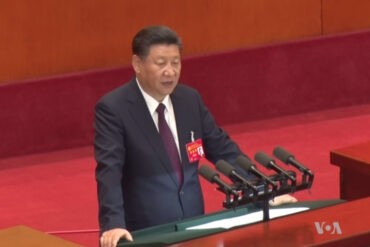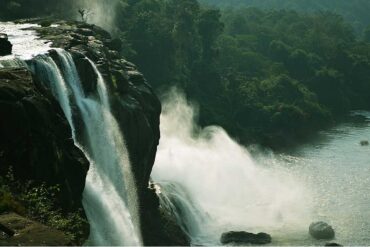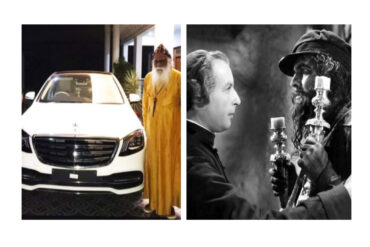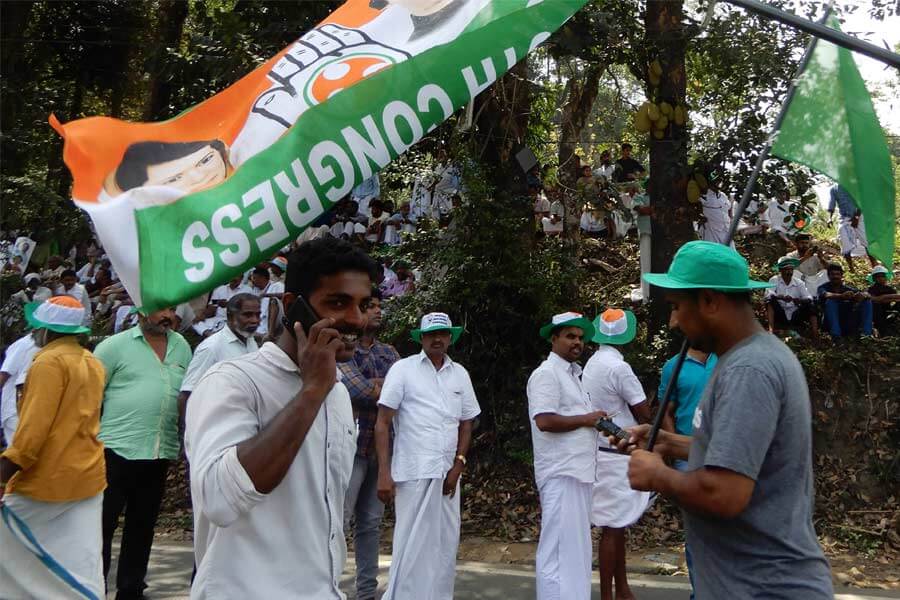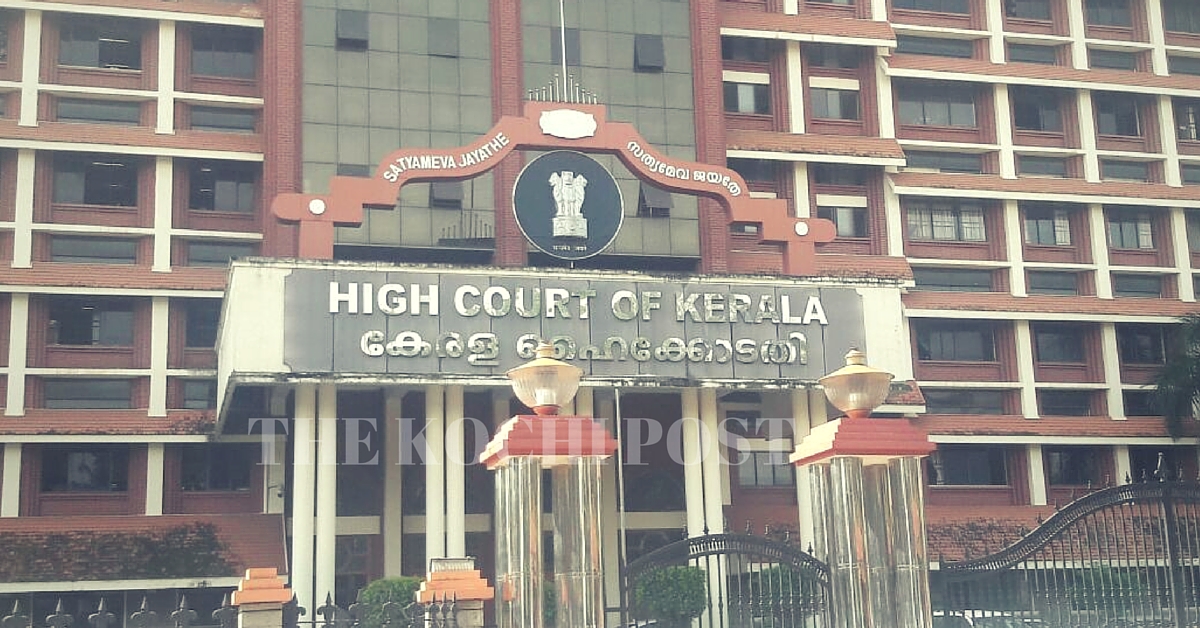As usual, the local satraps of the Congress party bungled initially: first came a euphoric announcement by AICC general secretary Oommen Chandy that Rahul Gandhi would contest from Wayanad; then there was a race among the various group leaders of the party claiming credit for it, followed by many days of confusion even as the high command maintained a studied silence over the matter, drawing a flurry of derisive comments from rival parties, both local and national. Then came the announcement by senior Congress leader AK Antony in Delhi about the Congress president’s decision to contest from this tribal belt in Kerala, an area steeped in poverty and agricultural crisis that saw hundreds of peasant suicides in the past decades.
Antony was right in describing the constituency as a tri-junction linking the southern states of Kerala, Tamil Nadu and Karnataka as it borders these provinces. It is also a constituency that reflects the true situation in most Indian villages: its sustenance is agriculture; most farmers hold only small patches of land and are generally steeped in debt and often receive less than sustainable returns for their produces. The crisis in Wayanad is multifaceted: farmers here have been seriously hit by the open-door policies of the post-globalization period, local products face intense competition from global markets, and relief measures like minimum support prices and debt relief doles have often been too little and have come too late.
There is not a single village in Wayanad that has not seen at least one person taking his life in desperation in recent times. They were victims of all kinds of disasters: both manmade and natural. While the global price fluctuations drove them out of the markets, natural disasters like extreme climatic conditions and widespread farm diseases destroyed everything they had nurtured. They have seen unprecedented droughts and floods in recent years, pointing to how global warming is taking its toll in these remote regions.
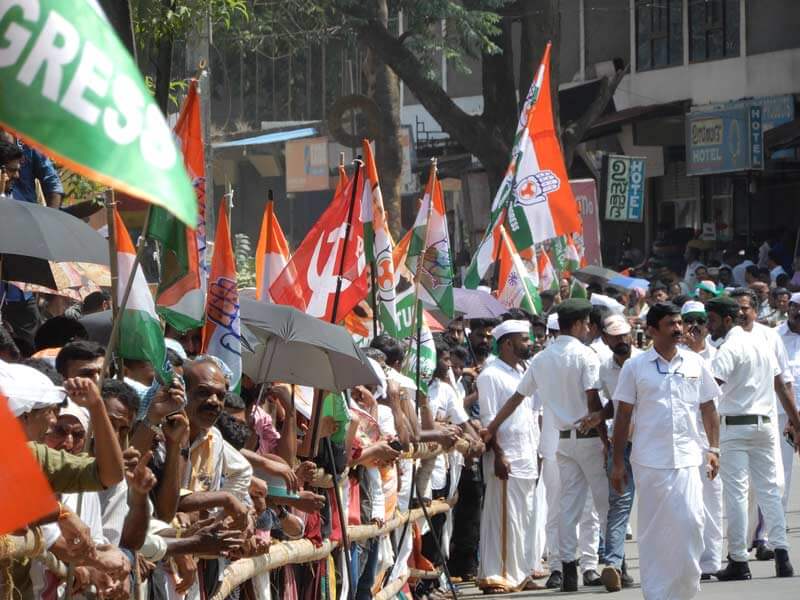 Till a few decades ago, Wayanad was known for its excellent climate even during the summer, but now a days the summers here are unbearably hot with wells drying up on account of an alarming decline in ground water levels. So the declaration that one of the nation’s top politicians would contest from Wayanad has triggered hope among its embattled population. The excitement was palpable, especially among the minorities, who constitute half the local population.
Till a few decades ago, Wayanad was known for its excellent climate even during the summer, but now a days the summers here are unbearably hot with wells drying up on account of an alarming decline in ground water levels. So the declaration that one of the nation’s top politicians would contest from Wayanad has triggered hope among its embattled population. The excitement was palpable, especially among the minorities, who constitute half the local population.
So, on the morning of Thursday, April 4, I was as excited as the locals as I left home for Wayanad to witness Rahul Gandhi filing his nomination papers. The main roads in Kozhikode city were blocked by the police to make a smooth passage for the young leader. In fact, we both started our journeys from the same place, he taking a helicopter from the Vikram Maidan at West Hill after an overnight stay in the government guest house there. I live a few furlongs away from the guest house and witnessed crowds in the vicinity of the guest house shouting slogans hailing their leader.
At Kalpetta, where I reached after a two-hour journey through the picturesque Mysore Road, it was uncharacteristic to see the normally quiet and drab town, bustling with activity- thousands of people wearing tricolor caps and holding flags were moving about on the main street. Tricolors of the Congress and green flags of the Muslim League were fluttering everywhere. The road to the civil station, where Rahul and his sister Priyanka had arrived around 11.30 am for filing nomination papers, was a sea of humanity. People were shouting slogans, waving flags and pushing each other, and breaking down the barricades, eager to get a glimpse of the famous siblings. Most people I had met during the day told me that this was perhaps the biggest congregation of people the town had seen in recent memory, pointing to the kind of excitement that had been generated by Rahul Gandhi’s decision to contest from this seat.
The crowd turnout here and the enthusiasm shown by the ordinary people make it clear that there would be a strong minority consolidation in favour of the Congress-led United Democratic Front in the state for the forthcoming elections to the Lok Sabha. When I say minorities, I mean both Muslims and Christians who make up half of the population. In fact, church leaders in the region had a meeting with Congress officials prior to Rahul’s visit to voice their concerns, including the impact the implementation of the Gadgil and the Kasturirangan reports would have on the settlers in the hill regions.
This minority consolidation could prove to be quite unsettling for the LDF which, for all practical purposes, is now reduced to just two parties, the CPM and the CPI. They have been banking on the windfall support of the Muslims, a community wary of the Hindutva politics and its impact on their lives. The LDF had been making electoral gains in Kerala despite their below-par performance in government and limited public appeal on account of the majoritarian politics practised by the BJP in the rest of the country. Muslims had consciously shifted their allegiance from the Congress-led UDF to the LDF post 2014 due to the Marxists’ ferocity in taking on BJP’s Hindutva communal politics.
Now the Congress President coming to contest from their midst makes for an interesting scenario. In Wayanad, Rahul was very vocal in his criticism of the Modi brand of politics; he however desisted from uttering a single word against the Communists. Although this reflected Rahul Gandhi’s recognition of the Left as a national ally, his position was also a reflection of the insignificance of the Left parties in Indian politics. They fight Rahul tooth and nail, but he doesn’t even bother to respond to them.
Look at the optics of it. On the one hand, the LDF claims to be the staunchest defenders of secularism in the country and castigate the Congress for its omissions and commissions in the past, even dubbing the party as a soft-Hindutva outfit. Not that the Congress party has been a paragon of virtue when it comes to matters like secular principles, democratic politics or even a corruption-free public life. But what is the Left’s record in these matters? How can a party deserted by its rank and file in places like Bengal and Tripura, their pocket-boroughs for decades, find fault with a party like the Congress which at least retains a part of its influence in most regions of this vast country? The LDF claims of being the sole defender of secularism would no longer wash, even among the Muslims. Attacking Rahul Gandhi might actually turn out to be counterproductive for the comrades.
The National Democratic Alliance (NDA) candidate Tushar Vellappally is caught in a bind. Yogi Adityanath, the UP chief minister, had claimed the green flags seen at the Kalpetta rally were Pakistani flags, a rank falsehood that generated much anger and public protest in these regions. Then BJP president. Amit Shah, made a vicious public speech that raised the familiar bogey of anti-nationals within the country. These are familiar tactics in the North, but a deeply worrying development in the South. From the public response to these wanton charges, it can safely be predicted that the sort of feverish campaign slogans that the top BJP leadership has unleashed would only strengthen the already visible minority consolidation in favour of the UDF into a veritable flood, resulting in a massive wave across the state. Modi was in Kozhikode on Friday addressing a huge public meeting, but his words did precious little to assuage the feelings of the worried minorities who happen to have almost half the vote share in the state.

